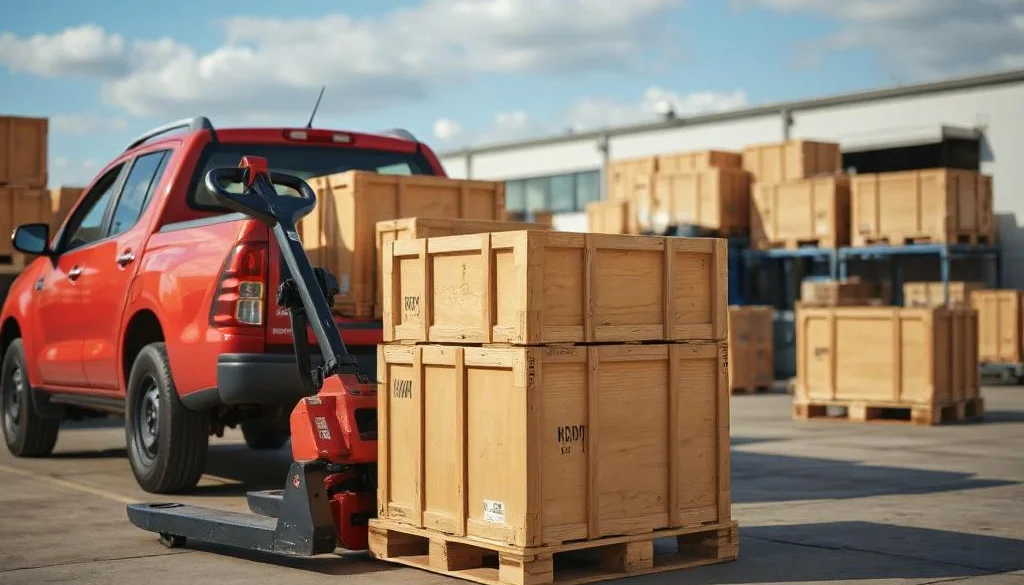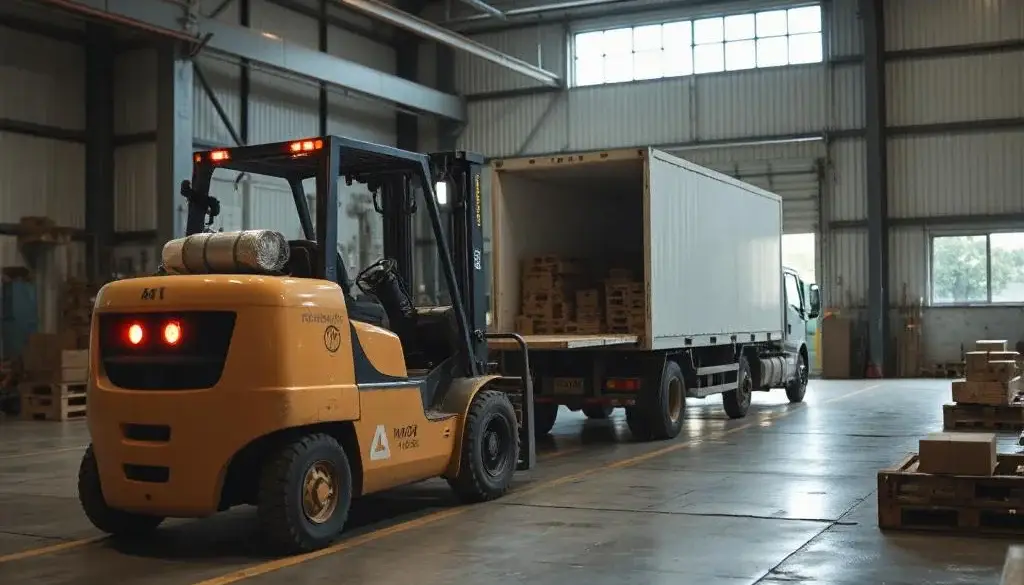Heavy Equipment Crating and Shipping Services
Moving heavy equipment is more than just transporting large objects from one place to another. It requires precision, care, and specific packaging techniques to ensure safety and compliance. Heavy equipment crating and shipping services are essential in industries such as construction, manufacturing, and agriculture, where machinery needs to be transported domestically or internationally. Moreover, understanding the key points of these services, along with best practices, is crucial for a smooth and secure process.
Purpose-Engineered Packaging and Crating
Purpose-engineered packaging and crating play a vital role in shipping heavy equipment. Unlike general packaging, this type of crating focuses on fitting the size, weight, and sensitivity of the equipment. For example, durable materials used in custom-made crates protect machinery from damage during transport.
- Custom Fit: Properly designed crates ensure a snug fit for every piece of equipment, preventing unnecessary movement.
- Material Selection: Crates are made of wood, metal, or plastic, depending on the specific requirements of the equipment.
- Protection from Environmental Factors: Purpose-built crates often include moisture barriers or insulation to protect machinery from rust, corrosion, and other environmental hazards.

Pick Up Auction items – Heavy Equipment Crating and Shipping Services
Best Practices for Heavy Equipment Crating and Shipping
Ensuring the safe and efficient transportation of heavy equipment requires adherence to best practices. Here are the key points to consider:
- Weight Distribution: Properly distribute the weight of the equipment within the crate to prevent imbalances during transport.
- Labeling: Clear labeling ensures shipping personnel handle the equipment appropriately.
- Padding and Cushioning: Adding cushioning materials protects delicate parts and machinery from shocks and vibrations.
Following these practices guarantees that heavy equipment arrives intact and functional, avoiding costly repairs or replacements.
Assess Your Equipment for Crating and Shipping
Before shipping any heavy equipment, an assessment of the asset is necessary to determine its specific crating and shipping requirements. Additionally, this process guides the packaging strategy and ensures safe transport.
Assessment Steps
- Size and Weight Measurement: Knowing exact dimensions and weight helps select the right crate and transport method.
- Equipment Fragility: Identify delicate parts, such as electrical components, to determine appropriate packaging strategies.
- Disassembly Requirements: Large equipment may require disassembly for safe shipping, ensuring all parts are packed securely.
Check the Rules and Regulations for Heavy Equipment Shipping
Compliance with shipping regulations is critical for both domestic and international transport. Furthermore, understanding and following these rules help avoid fines, delays, or equipment damage.

Crating Servers – Heavy Equipment Crating and Shipping Services
Points to Consider
- Weight and Size Limits: Different regions have specific limits, and exceeding them may require special permits.
- Customs Regulations: For international shipping, ensure the equipment complies with the importing country’s laws.
- Insurance Requirements: Insuring heavy equipment protects against loss or damage during shipping.
Choose a Specialty Crating and Shipping Logistics Company
Shipping heavy machinery requires selecting the right logistics provider. A company experienced in heavy equipment crating and shipping services ensures smooth and secure transport.
What to Look For
- Experience: Look for a provider with a proven track record in handling heavy machinery.
- Equipment and Resources: Verify that they have the necessary tools, such as cranes and specialized trucks, for large equipment.
- Reputation and Reviews: Research reviews and testimonials to confirm their reliability and expertise.
The Ultimate Custom Machinery Crating Checklist
Creating a checklist ensures all aspects of custom machinery crating are covered before shipping begins. Additionally, this step minimizes risks and ensures a seamless process.
Checklist Items
- Crate Design: Confirm the crate is designed to match the equipment’s dimensions.
- Materials Used: Ensure the materials are strong enough to support the equipment’s weight.
- Cushioning and Padding: Verify adequate padding to protect delicate parts.
- Labeling and Documentation: Check that crates are labeled and all shipping documents are complete.

Shipping Machines – Heavy Equipment Crating and Shipping Services
Why Crating Machinery is Important
Properly crating machinery protects heavy or expensive equipment during shipping. Moreover, it ensures compliance with regulations to avoid delays or damage during transit.
Benefits
- Damage Prevention: Crated machinery is less likely to suffer damage, especially for sensitive components.
- Cost Efficiency: Investing in quality crating saves money by reducing repair or replacement costs.
- Compliance: Meeting shipping regulations ensures smoother transit and faster delivery.
Summary
Heavy equipment crating and shipping services are vital for moving large, expensive machinery. From purpose-engineered packaging to regulatory compliance, each step protects the equipment and ensures safe delivery. By following best practices, assessing the equipment, and choosing the right logistics provider, you can minimize risks and streamline the shipping process. Contact us today to learn more about how we can assist with your heavy equipment shipping needs.

